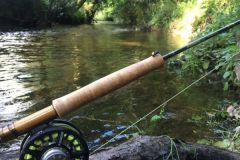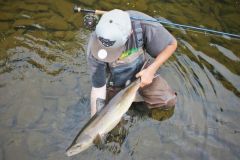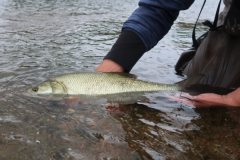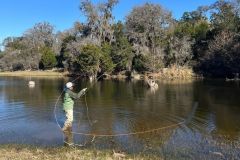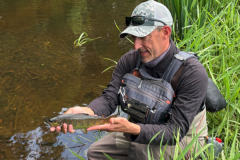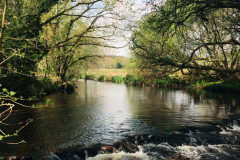Fly rods, what power to choose?
Depending on where you're looking for bass on the fly, you'll need different equipment. The most commonly used and adapted rod is a 9-foot 8-gauge fly line. This power allows you to cast at a good distance even when the wind picks up, and to fight beautiful fish while having fun on smaller subjects.
If you're fishing in protected areas and/or on smaller bass, a 7-power rod will be more comfortable and appropriate.
On the other hand, if you regularly fish at a distance, or in windy areas with large bass, a 9-power will be a plus to adapt to these conditions.
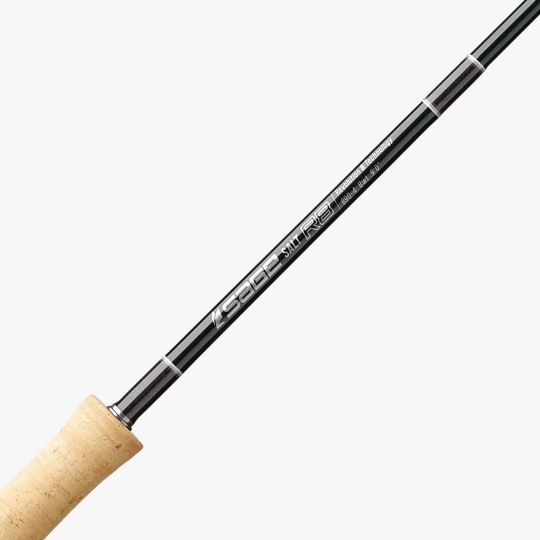
Semi-quick to fast-action rods are best suited for casting bass flies either at a good distance or in more complicated conditions. Bass flies are often somewhat bulky and/or heavy and require a good reserve of power.
These rods also allow you to fight beautiful fish in all conditions.
I strongly advise you to buy sea rods which are made for this use and will last longer.
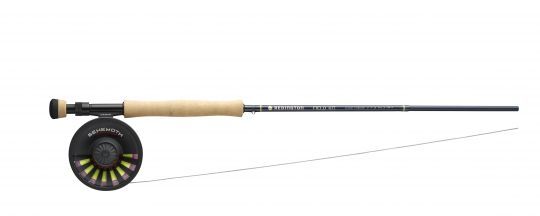
Fly reel for bass fishing
The reel won't be of much importance as bass don't take backing or do so extremely rarely. In any case, a classic reel will allow you to catch bass without any problem.
In the long term, a reel with a watertight drag will be much more robust in use, because even if you clean your equipment regularly, seawater, sand, silt etc. put your equipment to the test, especially a reel's drag system.
A reel that's the right size for your rod and reel will keep everything in balance, so you can cast without tiring.

Bar silks
Today, a wide range of sea bass fishing lines are available on the market.
Special sea bass lines don't exist, but Rio has developed lines for striped bass which are very well suited to fishing our common sea bass.
They have a well-centered spindle, neither too short nor too long, which makes it easy to cast all types of sea bass flies, from streamers to surface flies and beautiful crabs for sight fishing.
For sight fishing, on the surface or in shallow water, a floating line is perfect.
To find bass in more water, an intermediate line will be ideal, and certainly the most suitable for this species.
In some cases, bass are reluctant to come up to the surface to fetch a fly, and a sinking line will allow you to fetch them deeper or in stronger currents.
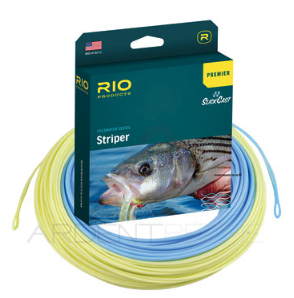
Bass leaders
For floating silk, I personally use 7-foot Rio Striper leaders with a 12- or 10-lb tip. Then I add a micro-ring on which I tie my 22 to 27° fluorocarbon tip. The length of the tip will depend on the type of fishing, but also on the wind, the conditions and the wary nature of the fish.
For intermediate silks, a leader made of 3 degressive strands of flurocarbon will perform well and avoid buying a ready-made leader. The butt, i.e. the part at the end of the line, will be 50°, then the intermediate part 40°, followed by my tip, often 27 to 30°. Unless the fish are wary, I'll go down to 25°, but rarely below.
Total length will vary from one to one-and-a-half rod lengths.
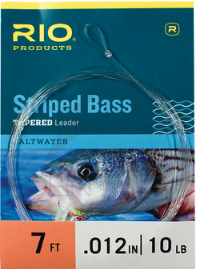
I tie my flies with a "perfect loop" which keeps the fly mobile and makes them more fishy. The rapala knot may also be suitable.

Flies for different types of fishing
For flies, it's a good idea to have an assortment of streamers from 10 to 15 cm or even more, with colors representing sea bass prey and therefore with olive, gray, bluish, blue/green, yellow, chartreuse backs, but also pink...
It's fun to get bass up on surface flies, because even small bass can make great water sprays and it's always very explosive!
For exploratory beach fishing, but also in estuaries, shrimp imitations are a must.
For sight-fishing, in addition to shrimp, small fish and green crab imitations are a must.
NB: Don't forget to rinse all your equipment thoroughly to avoid excessive corrosion.



